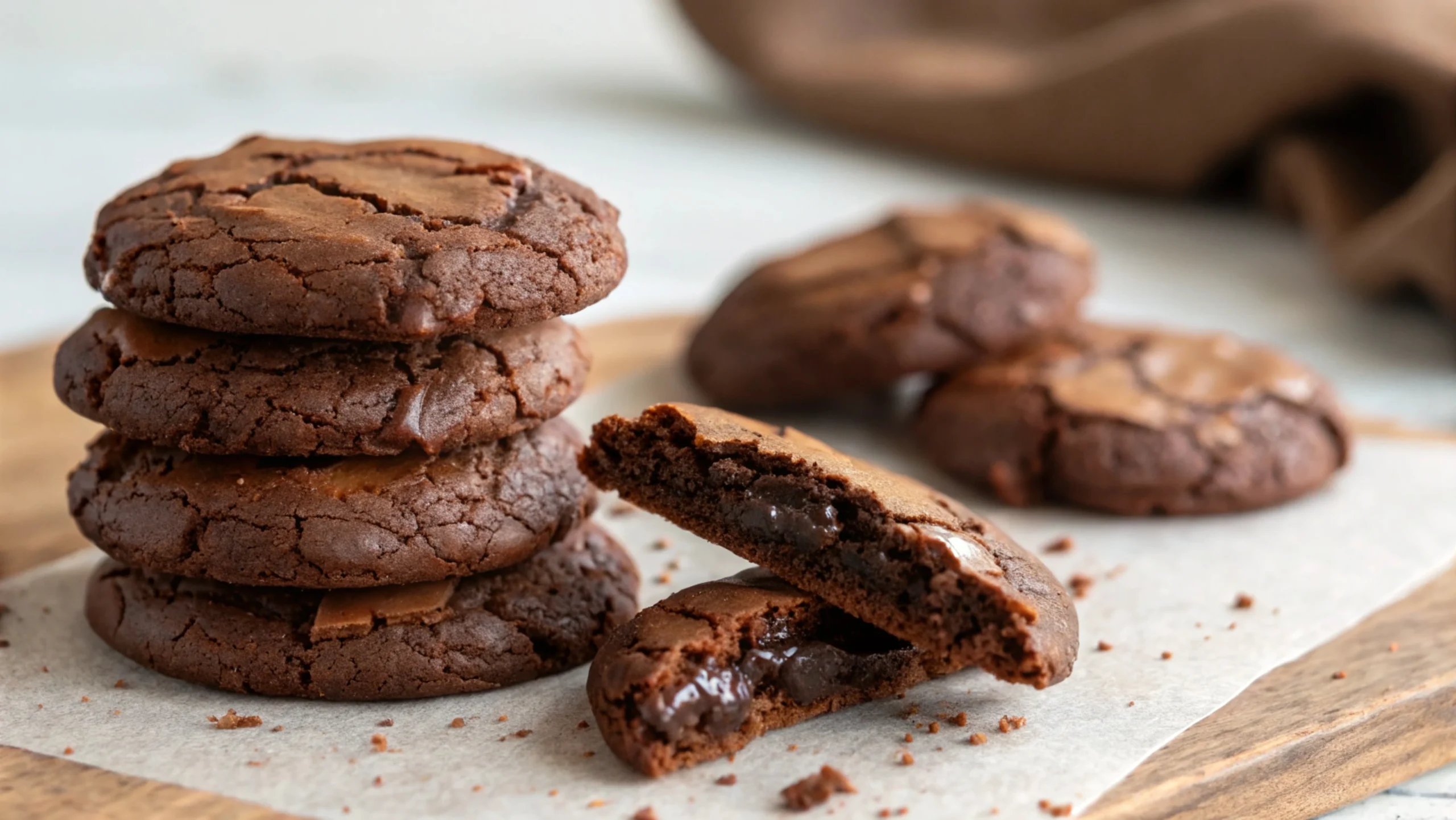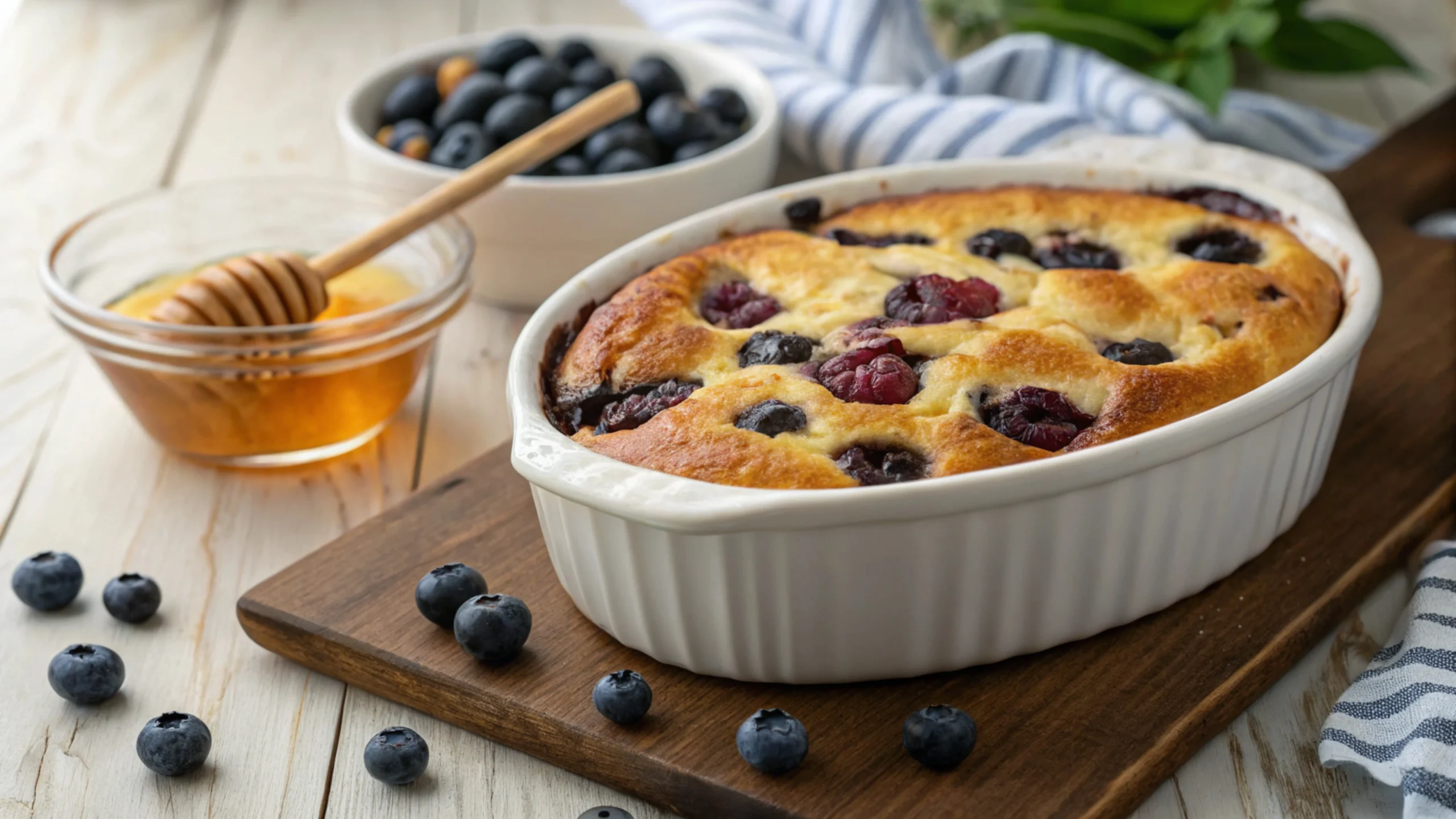Introduction
How to tell when cottage cheese flatbread is done? Knowing the right signs ensures a perfectly cooked, golden, and delicious result. Cottage cheese flatbread combines rich flavor with a satisfying texture, making it a versatile option for any meal. Whether you’re a seasoned chef or a beginner, understanding when it’s fully baked is key. In this guide, you’ll discover the essential indicators of doneness, expert tips for perfect results, and the best cooking methods to achieve the ideal texture.
Table of contents
What is Cottage Cheese Flatbread?
Cottage cheese flatbread introduces a unique twist to traditional recipes by seamlessly blending the creamy tanginess of cottage cheese. This unique approach is outlined in more detail in the Cottage Cheese Flatbread Recipe, which provides a step-by-step guide for preparing this culinary delight.
Key Characteristics of Cottage Cheese Flatbread
- Rich Flavor: The subtle tang of cottage cheese elevates the taste.
- Soft Texture: Perfect for wraps, sandwiches, or dipping into soups.
- High Nutritional Value: Packed with protein and essential nutrients.
Learn more about achieving these textures in the article Why is My Cottage Cheese Flatbread Soggy?, which dives into common preparation issues and how to fix them.
Why Choose Cottage Cheese Flatbread?
- Versatility: It pairs beautifully with savory and sweet toppings.
- Ease of Preparation: Simple ingredients and straightforward steps make it accessible for anyone.
- Health Benefits: A lighter alternative to traditional bread, rich in protein and lower in calories.
Understanding when the flatbread is perfectly cooked helps you achieve its signature qualities.
Preparing the Perfect Cottage Cheese Flatbread
Preparation forms the foundation of any successful dish. Start with the right ingredients and follow precise techniques to achieve the ideal consistency and flavor.
Ingredients You’ll Need
- Cottage cheese (fresh and creamy works best)
- All-purpose or whole wheat flour
- Baking powder (for a light and airy texture)
- Salt (to enhance flavor)
- Optional: Herbs or spices for extra flavor
Step-by-Step Preparation
- Mix the Ingredients: Combine flour, baking powder, and salt in a bowl. Add cottage cheese and mix until the dough forms.
- Knead the Dough: Transfer the dough to a floured surface and knead for 5-7 minutes until smooth.
- Rest the Dough: Let the dough rest for 20-30 minutes. This step is crucial for achieving a soft and pliable texture.
- Shape the Flatbread: Divide the dough into equal portions and roll them out to your desired thickness.
Pro Tips for Preparation
- Use high-quality cottage cheese for the best flavor.
- Avoid over-kneading, which can make the flatbread tough.
- Ensure the dough is not too sticky or dry; aim for a soft consistency.
Proper preparation ensures that how to tell when cottage cheese flatbread is done becomes an easier question to answer as you observe its progress during cooking.
Cooking Methods for Cottage Cheese Flatbread
Cooking techniques significantly influence the taste, texture, and doneness of your flatbread. Therefore, by experimenting with various methods, you can discover the approach that perfectly suits your preferences and enhances your culinary experience.
Pan-Frying
Pan-frying is the most common method, yielding a golden-brown exterior and a soft, chewy interior.
- Heat a Non-Stick Pan: Preheat over medium heat.
- Cook Each Side: Place the flatbread in the pan and cook for 2-3 minutes on each side.
- Check Doneness: Look for golden brown spots and a slight puffing of the bread.
Baking
Baking provides an evenly cooked flatbread with a firm texture.
- Preheat the Oven: Set it to 375°F (190°C).
- Bake Flatbread: Place flatbreads on a lined baking sheet and bake for 8-10 minutes.
- Check Doneness: Ensure the bread is lightly browned and firm to the touch.
Grilling
Grilling imparts a smoky flavor and beautiful grill marks.
- Preheat the Grill: Medium heat works best.
- Grill Each Side: Cook for 1-2 minutes per side.
- Check Doneness: Look for grill marks and ensure the bread feels firm but springy.
How to Tell When Cottage Cheese Flatbread is Done?
Recognizing doneness involves paying attention to these indicators:
- Color: Look for golden brown spots.
- Texture: The bread should feel soft yet firm when pressed gently.
- Aroma: A nutty, toasted smell signals proper cooking.
- Taste Test: Break off a small piece to check the interior.
Mastering these signs ensures perfect results every time.
These steps align with recommendations in Cottage Cheese Flatbread Preparation Guide, a detailed resource to refine your flatbread-making skills.
Signs That Your Cottage Cheese Flatbread is Done
When baking cottage cheese flatbread, timing and texture are crucial. To ensure your flatbread is perfectly cooked, pay attention to the following signs:
- Golden Brown Surface: A well-done flatbread will have a lightly golden surface. If it’s still pale, it needs more time in the oven.
- Firm Edges: The edges should feel firm to the touch, but not overly crisp. Press gently to check without breaking the surface.
- Even Puffing: Look for a uniform rise in the dough. Uneven puffing might indicate undercooking in certain areas.
- Aromatic Clues: The smell of baked dough with hints of cottage cheese should fill your kitchen. A lack of aroma could signal it’s not ready.
Remember, overbaking can make the flatbread too dry. Check regularly, as small adjustments can make a big difference in achieving the ideal texture.
How to tell when cottage cheese flatbread is done? Use a toothpick! Insert it into the center; if it comes out clean or with minimal crumbs, your flatbread is ready.
Common Mistakes When Baking Cottage Cheese Flatbread
Even experienced bakers sometimes struggle with cottage cheese flatbread. Avoid these common mistakes to ensure success:
- Not Preheating the Oven: Baking in a cold oven affects the texture and rise. Always preheat to the recommended temperature.
- Ignoring Ingredient Ratios: Too much or too little cottage cheese impacts moisture balance, leading to soggy or overly dense flatbread.
- Skipping Dough Resting Time: Allow the dough to rest before baking for even cooking and better flavor development.
- Overbaking: Overcooking dries out the flatbread, ruining its soft texture. Watch for visual cues like a golden surface.
- Uneven Thickness: Roll the dough evenly. Thick spots may remain undercooked while thin areas could burn.
To ensure your flatbread bakes perfectly, how to tell when cottage cheese flatbread is done? Observe the crust and test the center for doneness as described earlier.
For more troubleshooting tips, check the in-depth guide on Why is My Cottage Cheese Flatbread Soggy?.
How to Serve and Enjoy Cottage Cheese Flatbread
Cottage cheese flatbread is versatile and pairs well with many toppings and dips. Here are a few serving ideas:
- Simple Toppings: Brush with garlic butter or olive oil for a quick and flavorful option.
- Pair with Dips: Serve alongside hummus, tzatziki, or creamy spinach dip for an indulgent experience.
- Turn It Into a Meal: Top with sautéed vegetables, grilled chicken, or even scrambled eggs for a complete dish.
- Sweet Variations: Add a drizzle of honey or spread fruit preserves for a delightful dessert twist.
When deciding how to serve it, always ensure the flatbread is warm and freshly baked. Wondering how to tell when cottage cheese flatbread is done? Confirm the surface is golden and the base is firm to prevent a soggy serving experience.
FAQs
How do you know when cottage cheese flatbread is done?
To determine if cottage cheese flatbread is done, look for these key indicators:
- Golden Color: The surface should have a light golden-brown hue.
- Firm Edges: The edges should feel firm but not overly hard.
- A Clean Toothpick: Insert a toothpick into the center. If it comes out clean or with a few crumbs, it’s ready.
- Aromatic Cues: A fragrant, slightly tangy smell from the cottage cheese is another sign of doneness.
By paying attention to these cues, you’ll avoid overbaking or undercooking your flatbread.
How do you know when flatbread is done?
For any type of flatbread, not just cottage cheese flatbread, the following signs indicate it’s done:
- Visual Check: The surface should be puffed and golden brown.
- Texture Test: It should feel slightly springy when pressed in the center.
- Uniform Cooking: Ensure all areas, including edges and center, have cooked evenly.
If unsure, cut a small section to check for doneness, but be cautious not to let the flatbread cool too much in the process.
Why is my cottage cheese flatbread soggy?
A soggy cottage cheese flatbread could result from several factors:
- Excess Moisture: Using too much cottage cheese or not draining it properly can lead to excess water in the dough.
- Underbaking: Pulling it out of the oven too soon leaves the center undercooked and wet.
- Incorrect Temperature: Baking at a temperature that’s too low prevents proper browning and evaporation of moisture.
- Improper Storage: Storing it while still warm can trap steam, making it soggy.
To fix this, bake at the correct temperature and check for doneness using a toothpick.
How long to heat flatbread in the oven?
To reheat flatbread in the oven:
- Preheat the Oven: Set it to 350°F (175°C).
- Wrap in Foil: Wrap the flatbread in aluminum foil to retain moisture.
- Heating Time: Warm for 5–10 minutes. For crispier flatbread, remove the foil during the last 2 minutes.
This method ensures the flatbread stays soft and warm without drying out.
Conclusion
Cottage cheese flatbread offers a delightful and adaptable recipe that thrives on careful attention to detail. Learn how to identify when it’s perfectly baked, steer clear of common pitfalls, and experiment with creative serving ideas to master this dish and wow your guests.
Keep these key points in mind:
- Look for a golden crust and firm edges.
- Check the center with a toothpick for doneness.
- Prevent overbaking by ensuring an even dough thickness.
- Try both savory and sweet toppings for variety.
By following these tips, you’ll consistently create a flawless cottage cheese flatbread that everyone will enjoy.






